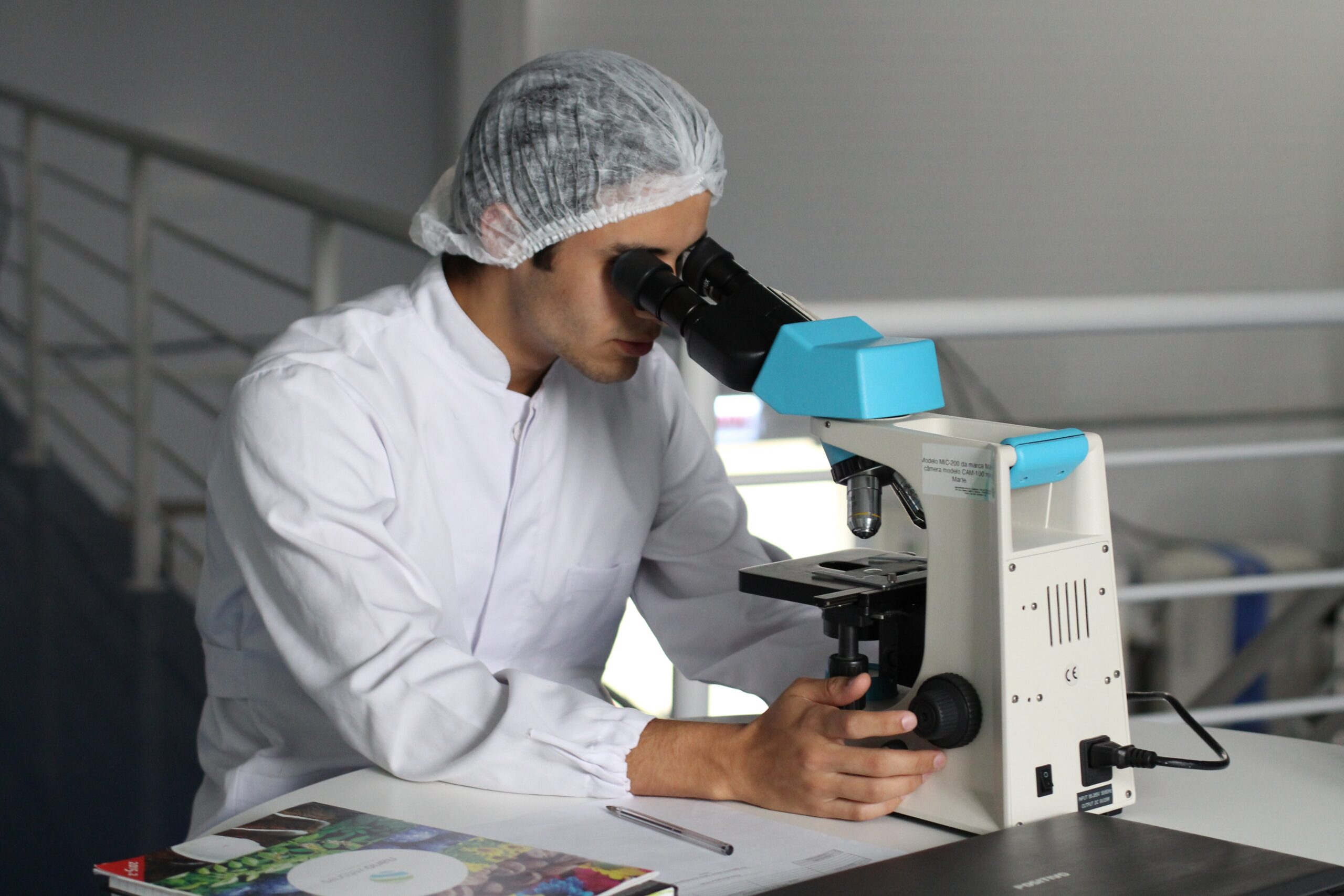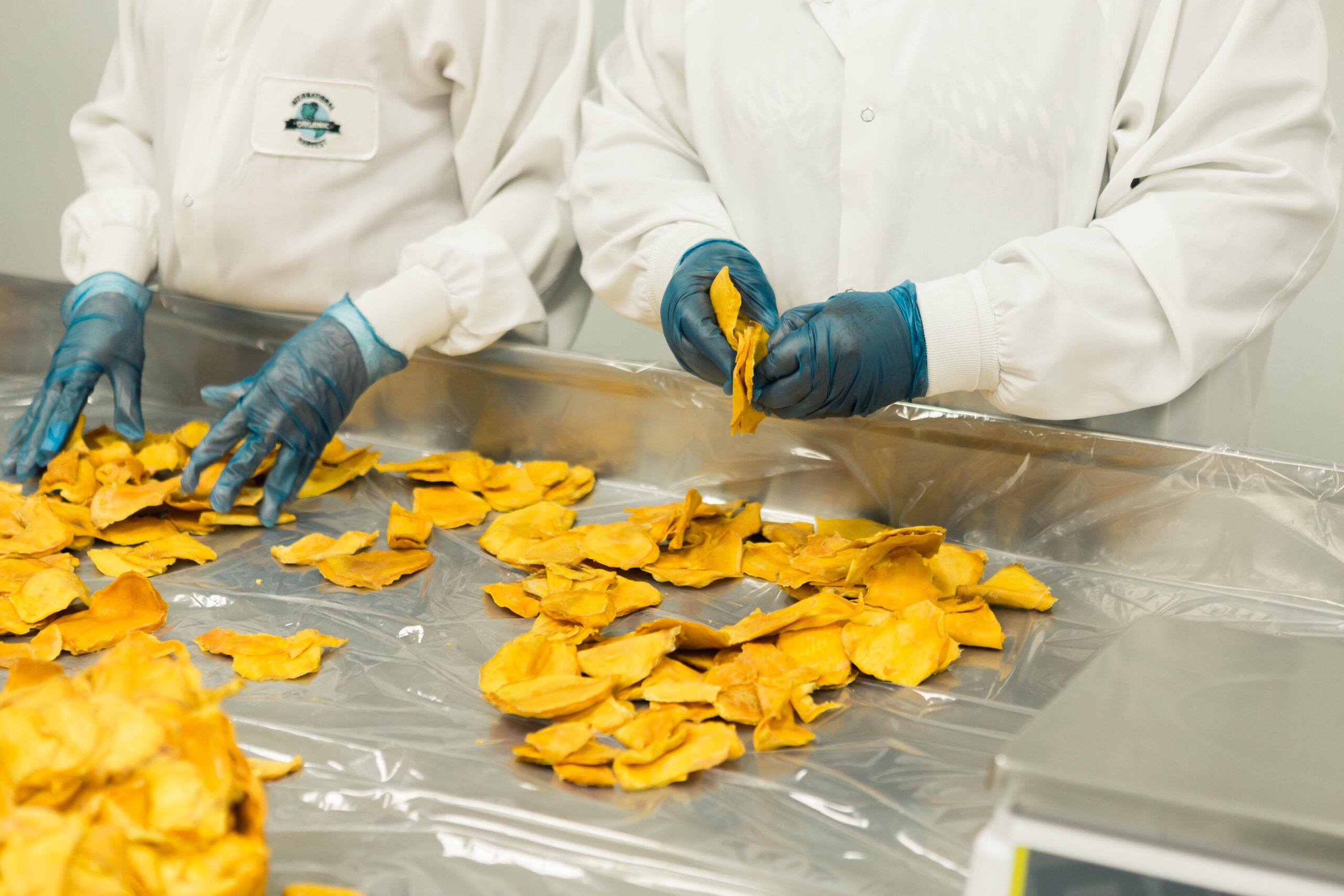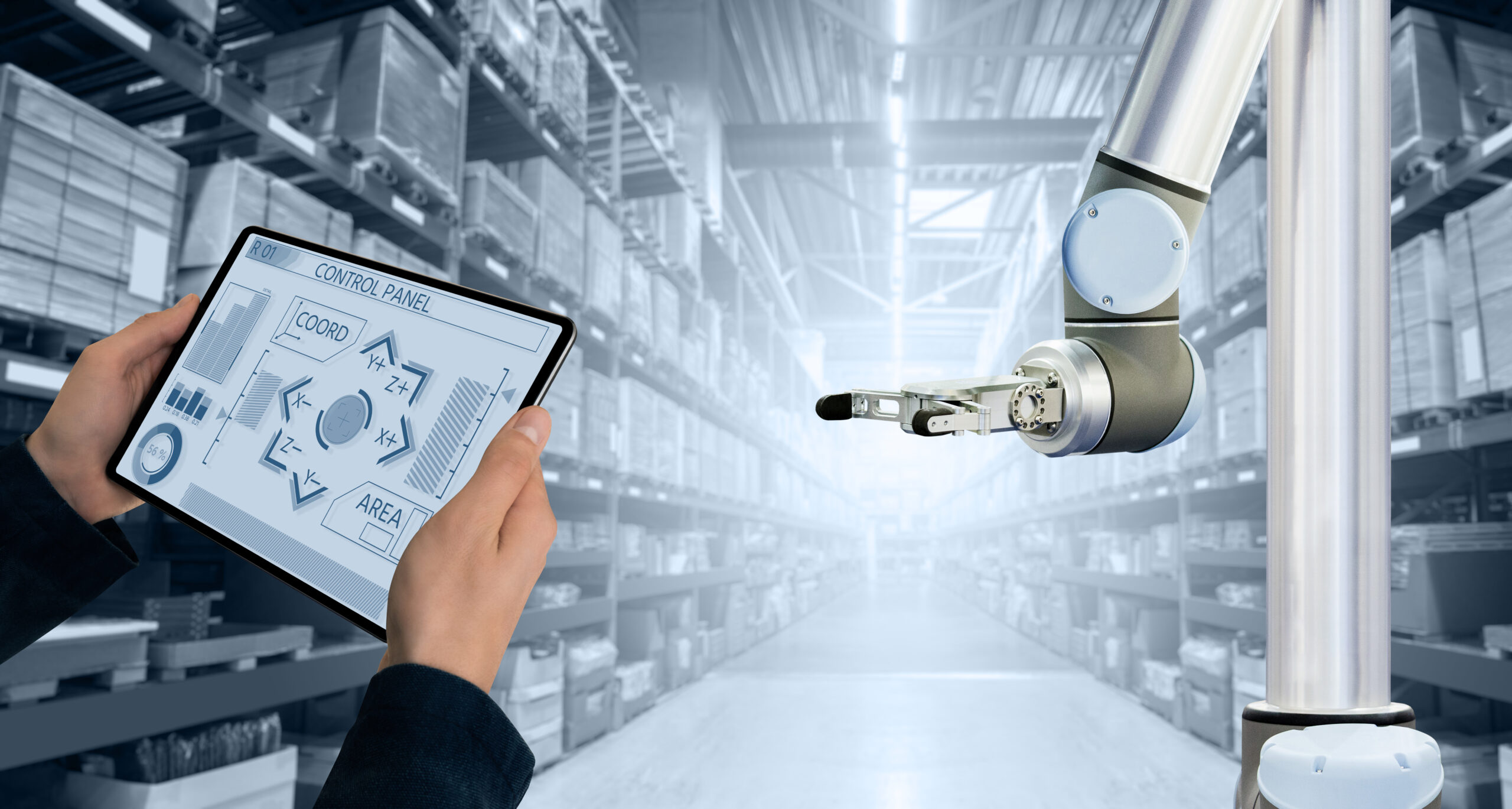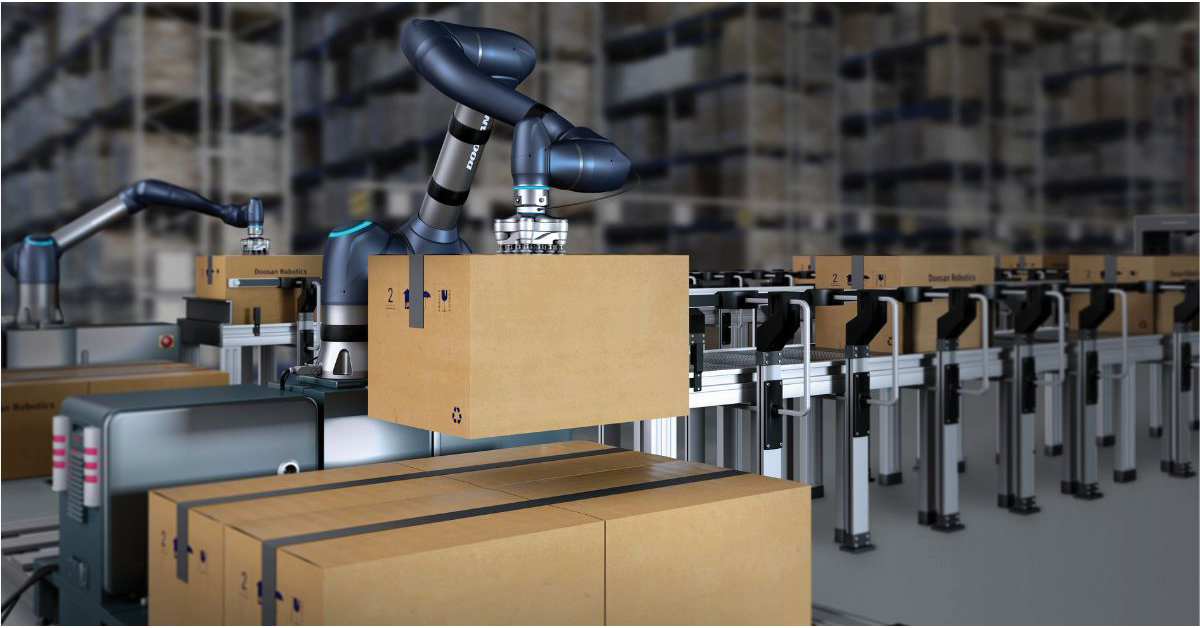
CobotX Blog
April 6, 2022
Back
Why the Food Industry Needs to Be Digitized
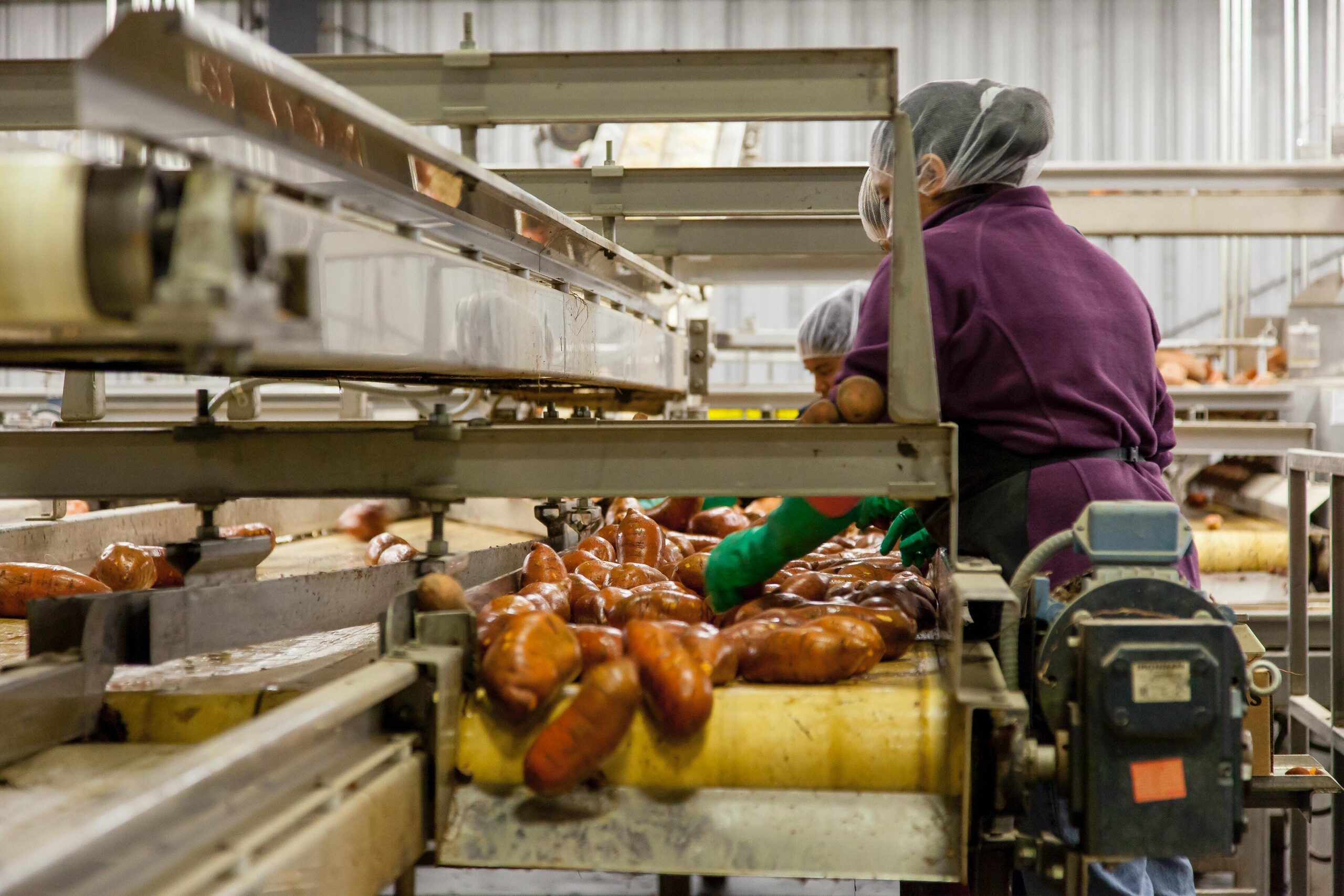
The world population is slowly reaching 8 billion people, which is expected to happen in 2023. As this number grows bigger every day and communities become more connected; our resources become more limited. On top of that, land available for food production is shrinking, leading to an essential issue of food scarcity. Because of this, the food industry is facing challenges of growing, transporting, and processing enough food to feed our planet's growing population. This is one of the main reasons why digitization in the food and beverage industries is a pressing matter.
We can take an example of a popular product worldwide, such as Coca-Cola. Millions of people from all corners of the world can enjoy the experience this beverage offers. Still, they would not be able to do that if an entire chain of manufacturing processes did not work together flawlessly. The demand is very high, and it seems that it is becoming more and more challenging to find the necessary workforce to conduct these tasks. Maximizing production while keeping the quality consistent and the wastage reduced is one of our top priorities we need to pay attention to in the years to come.
Due to the high demand for more products, it is practically impossible to find the right people for a specific job. The COVID-19 pandemic did not favour this challenge – dutch employers grapple with post-lockdown staffing shortages. If the job in question is a generic one, -the more difficult to find people willing to do this job. This is one of the main reasons the food industry needs to be digitized. If we consider the changes imposed by the growing population and the shortage of workers, it becomes evident that this should be the next logical step regarding this industry.
However, the solution exists; it needs to be more popularized. The easier processes can be digitized so that human workers could be moved up in the production chain to focus on more critical and logical tasks. As a result, a faster manufacturing chain will be set up.
Robotics is an important sector that brings about this change in the food and beverage industry. Using robots and collaborative robots (cobots) in certain stages of the manufacturing process will solve the problem of the lack of workforce and allow existing workers to do more meaningful work.
One of the ways that digitization in the food industry can help this is by introducing sensor technology. Sensor technology can monitor different conditions necessary for proper food preservation, such as temperature, supply analytics and data. This technology also allows the issuing of feedback, which can correct the conditions during the storage and transportation processes.
Managing food waste is another issue. Consumers worldwide are becoming increasingly aware of the amounts of food wastage, giving leading companies yet another task they have to think about, which is the reason for "the plastic ban".
This issue calls for "greener" manufacturing processes. Predictive analytics solutions help companies raise overall plant efficiency and cut harmful emissions, energy use and wasted resources. Plants are adopting different tools that allow full transparency both upstream and downstream, and complete transparency in this sense is essential for the future. Plants need to be able to show the origins and sources of their food, and they need to do it instantly and efficiently.
That is also why many leading companies move towards integrated and automated systems that handle demand forecasting, production scheduling, process configuration, maintenance planning, inventory management, supply chain organization, and fulfilment.
We can take an example of a popular product worldwide, such as Coca-Cola. Millions of people from all corners of the world can enjoy the experience this beverage offers. Still, they would not be able to do that if an entire chain of manufacturing processes did not work together flawlessly. The demand is very high, and it seems that it is becoming more and more challenging to find the necessary workforce to conduct these tasks. Maximizing production while keeping the quality consistent and the wastage reduced is one of our top priorities we need to pay attention to in the years to come.
The issue of lack of workers
The nature of work has changed significantly in the last decades. However, this change became even more noticeable after the latest technological advances when people realized that they could offer the world much more than working dull tasks. This is, for example, very noticeable in the meat industry, where finding people to work in slaughterhouses is more challenging than ever before. Partly because of the inhumane work against plenty of causes people fight for and partly because of the type of work, finding people willing to work in this industry is not as easy as it used to be.Due to the high demand for more products, it is practically impossible to find the right people for a specific job. The COVID-19 pandemic did not favour this challenge – dutch employers grapple with post-lockdown staffing shortages. If the job in question is a generic one, -the more difficult to find people willing to do this job. This is one of the main reasons the food industry needs to be digitized. If we consider the changes imposed by the growing population and the shortage of workers, it becomes evident that this should be the next logical step regarding this industry.
However, the solution exists; it needs to be more popularized. The easier processes can be digitized so that human workers could be moved up in the production chain to focus on more critical and logical tasks. As a result, a faster manufacturing chain will be set up.
Robotics is an important sector that brings about this change in the food and beverage industry. Using robots and collaborative robots (cobots) in certain stages of the manufacturing process will solve the problem of the lack of workforce and allow existing workers to do more meaningful work.
Food quality management
The quality of food has never been more critical than it is today. Thanks to the information always available on the Internet, people have become more conscious of what is healthy and detrimental. To stay competitive, B2B food companies need to pay special attention to food quality practices. This is also why upper and mid-level food supply chain companies experience increased pressure to preserve food quality and safety.One of the ways that digitization in the food industry can help this is by introducing sensor technology. Sensor technology can monitor different conditions necessary for proper food preservation, such as temperature, supply analytics and data. This technology also allows the issuing of feedback, which can correct the conditions during the storage and transportation processes.
Sustainability
Another thing that is crucial for all industries to think about nowadays is sustainability, which is incredibly important for food. Sustainable food and sustainable eating are at the heart of promoting better human and ecological health. As already mentioned before, people need to know where their food comes from, how it is produced and what happens to it in the whole supply chain. Sustainability is the leading issue for more than 79% of food and beverage companies, as consumers demand better product traceability and visibility. On top of that, 55% of consumers would be willing to pay more for a particular product if it comes from a socially responsible company.Managing food waste is another issue. Consumers worldwide are becoming increasingly aware of the amounts of food wastage, giving leading companies yet another task they have to think about, which is the reason for "the plastic ban".
This issue calls for "greener" manufacturing processes. Predictive analytics solutions help companies raise overall plant efficiency and cut harmful emissions, energy use and wasted resources. Plants are adopting different tools that allow full transparency both upstream and downstream, and complete transparency in this sense is essential for the future. Plants need to be able to show the origins and sources of their food, and they need to do it instantly and efficiently.
Food safety standards
Another vital issue cited by consumers, just behind eco-friendliness and trailing health, is food safety. According to a 2019 report of the UN Food and Agriculture Organization (FAO), 10% of the global population becomes ill every year because of contaminated food, and circa 420.000 people a year. Because of that, public health organizations worldwide are tightening food safety regulations. As a result, several digital technologies help in addressing food safety and avoiding food poisoning incidents:- Robotic process automation (RPA) can improve quality control and prevent human errors resulting in food contamination during production. A good example of robotic process automation is collaborative robots, or cobots that can be used for specific tasks where precision and correctness are of the utmost importance.
- Better hygiene processes, such as cleaning in place (CIP) technologies, can monitor microbial levels and improve the reliability of cleaning protocols.
- Improved supply chain visibility and the Internet of Things introduce temperature sensors that can increase food safety and allow food to stay in the right conditions that aren't close to the expiry date.
- Logistics logging ensures tracking food every step of the way from shipment to delivery to confirm that it hasn't been tampered with or contaminated.
Streamlining plant operations and improving agility
COVID-19 definitely changed the game for many industries, and it posed challenges to keep their employees both healthy and operative. Most companies adopted technologies that enable employees to work from home while the production continued without disruption. This was a very challenging task, as certain tasks cannot be completed remotely. Cobots proved very beneficial in this case, as they created the opportunity for the workers to work remotely on other company-related tasks. At the same time, the manufacturing process in the plant still remained undisrupted.That is also why many leading companies move towards integrated and automated systems that handle demand forecasting, production scheduling, process configuration, maintenance planning, inventory management, supply chain organization, and fulfilment.
Conclusion
Humanity will undoubtedly witness digital acceleration in the food industry in the years to come. Technology will become even more critical for the food and beverage industries, and the current technological demands will be a must, with new technologies to follow.
Lastest Posts


